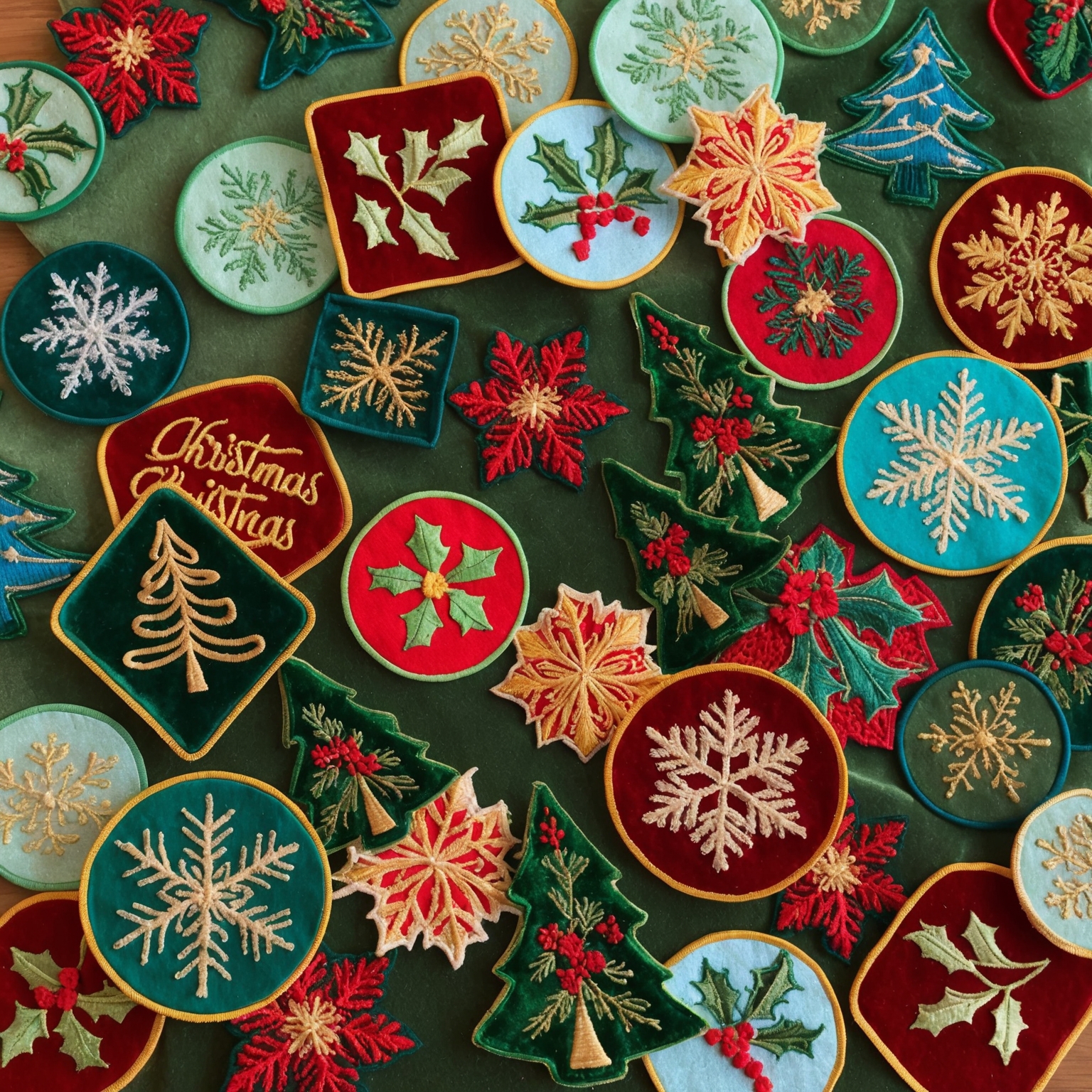Imagine a young scout proudly wearing a patch that they helped design, a symbol of their hard-earned achievements and unique journey. The joy and pride that come from creating a custom scout patch are unparalleled. But how do you go about designing a scout patch that stands out, honors traditions, and resonates with the wearer? Dive into this ultimate guide to learn the essential tips, tricks, and ideas for creating your very own scout patch.
Designing a scout patch is an exciting and rewarding process. Whether you’re a scout leader looking to commemorate a special event, or a scout aiming to create a patch for a unique achievement, understanding the elements of effective design is crucial. This guide will walk you through 10 essential tips, tricks, and ideas to help you design a scout patch that is meaningful, attractive, and memorable.
1. Start with a Clear Purpose
Define the Objective:
The first step in designing a scout patch is to clearly define its purpose. Understand why you are creating the patch and what message or achievement it should convey.
- Example: If the patch is to commemorate a 50-mile hike, the design should reflect elements of endurance, nature, and adventure. Include symbols like hiking boots, a trail, or mountain peaks to represent the challenge and accomplishment.
Identify Key Elements:
Identify and include essential elements such as dates, names, locations, and symbols that represent the purpose of the patch.
- Example: For a community service project, you might include the name of the project, the date, and icons that represent the type of service performed, like a tree for an environmental cleanup or a house for a building project.
2. Embrace Creativity
Think Outside the Box:
Don’t be afraid to get creative with your patch design. Consider unique shapes, colors, and themes that make the patch stand out and reflect its unique purpose.
- Example: Instead of a traditional circular patch, consider shapes like a tent for a camping trip or a badge for a leadership course. Unique shapes can make the patch more memorable and visually interesting.
3. Keep It Simple and Clear
Avoid Overcrowding:
Simplicity is key to a successful patch design. Avoid overcrowding the patch with too many elements or text. A clean, simple design is more effective and easier to read.
- Example: Use bold, simple graphics and limit the amount of text. A patch commemorating a specific achievement might just include the symbol of the achievement and the date, without additional wording.
4. Choose Appropriate Colors
Color Psychology:
Colors can convey different emotions and messages. Choose colors that align with the theme and spirit of the event or achievement being commemorated.
- Example: Use green for environmental projects to symbolize nature and sustainability, or blue for water-related activities to represent calm and reliability.
Contrast and Visibility:
Ensure that the colors you choose provide good contrast, making the patch easily readable from a distance. This enhances both aesthetics and functionality.
- Example: Use light colors on dark backgrounds or dark colors on light backgrounds to ensure the design elements stand out clearly.
5. Incorporate Symbolic Imagery
Symbolism:
Symbols can convey complex messages and make the patch more meaningful. Select symbols that resonate with the purpose and audience of the patch.
- Example: Use a campfire icon to represent a camping trip, an eagle for leadership, or a compass for navigation and adventure. Symbols should be easily recognizable and relevant to the event or achievement.
6. Use High-Quality Materials
Durability and Appearance:
The materials used for the patch impact its durability and appearance. Choose high-quality materials that ensure the patch will stand up to wear and tear and look good over time.
- Example: Embroidered patches are durable and have a classic look, while PVC patches are waterproof and suitable for outdoor activities. Select materials that match the intended use and environment.
7. Get Feedback
Collaborate with Others:
Involve others in the design process to gather feedback and ideas. This helps refine the design and ensure it resonates with the intended audience.
- Example: Host a design session with scouts and leaders to gather input and suggestions. This collaborative approach ensures the final design is well-received and meaningful.
8. Prototype and Test
Create a Prototype:
Before finalizing the design, create a prototype to see how it looks in real life. This allows you to identify any issues and make necessary adjustments.
- Example: Order a small batch of prototype patches to test their appearance, durability, and overall impact. This helps ensure the final product meets your expectations.
9. Consider the Audience
Audience Relevance:
Design the patch with the intended audience in mind. Consider their preferences, interests, and the context in which they will wear the patch.
- Example: A patch for younger scouts might feature playful and colorful designs, while a patch for older scouts might have a more mature and sophisticated look. Tailor the design to the age group and context.
10. Celebrate the Achievement
Highlight the Accomplishment:
Ensure that the patch prominently highlights the achievement or event it commemorates. This makes the patch a proud symbol of the accomplishment.
- Example: Include the name of the event, the year, and any notable achievements in the design. Celebrate the accomplishment by making it the focal point of the patch.
Conclusion
Designing your own scout patch is a rewarding experience that allows you to create a meaningful and lasting symbol of achievement. By following these 10 tips, tricks, and ideas, you can design a scout patch that is not only visually appealing but also rich in significance and pride. Whether you’re commemorating a special event, recognizing an achievement, or celebrating a milestone, your custom scout patch will be a cherished emblem that tells a unique story.
If you are interested in purchasing high-quality custom patches, feel free to call us at 866-903-4875 or fill out one of our FREE quotes here.





